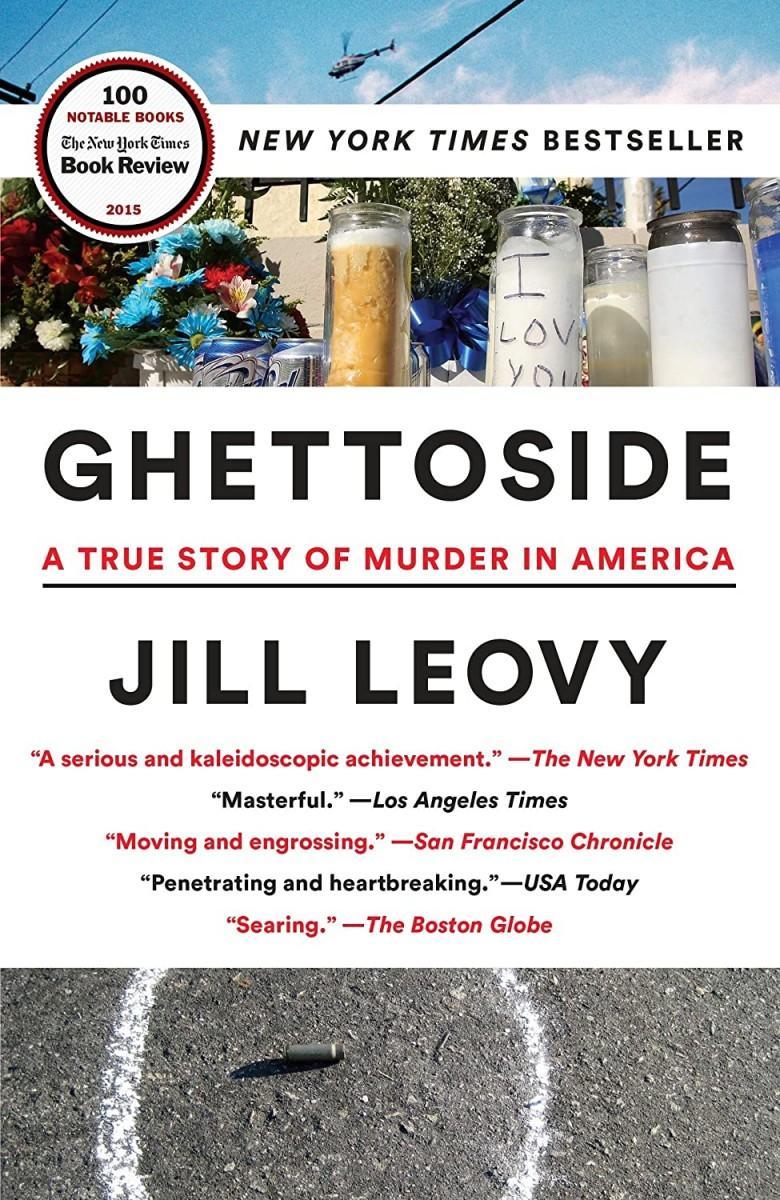
So what’s a gal to do?
Why not start a book club? Surely there are others out there who would want to read and discuss true crime, right? So I posted on social media, found a few in my circle who were interested, and then created a Facebook group. I named it We Know Whodunit, if you’re wondering. We voted on our first read and I am happy to say that we just held our first virtual book discussion and it was a success!
For our first read, we picked Ghettoside: A True Story of Murder in America written by Jill Leovy. While Ghettoside’s main story is of a young man who was shot and killed in Los Angeles and the detective who made sure the crime did not go unsolved, it also takes readers into that area of South Los Angeles to talk about the amount of crime that happens there, the way of life in that neighborhood. A unique balance of facts and story, this read was enjoyed by all who read it in my book club.
In our meeting, we opened with initial or overall impressions of the book. While Kitty enjoyed the book, she called it “eye-opening” because as a Caucasian living in a small midwestern city, she has not experienced or really knew about the events discussed in the book. I preferred the parts of the book that flowed more like a narrative rather than the parts that felt like a bulleted list of facts and history. That is not to say that these tidbits were not interesting; they were! Some of the parts of the book reminded me of my hometown. Although Gemma, a Black woman, eventually admitted to loving the book, she opened the meeting with a rant against the use of the term “black on black crime.” No, we all agreed, it’s a crime. Period. It’s a murder. Period. No one says “Hispanic on Hispanic,” “white on white” or “Asian on Asian,” so Gemma rightfully hates that term.
My favorite part, and others agreed, was chapter 17 and Skaggs’ interrogation style. Who is Skaggs? My book club’s favorite character: Detective John Skaggs. The book often points out how he works differently than other detectives, but it is in this scene where his style is spotlighted. The creativity and patience of his interrogation was fun to listen to (I opted for the audiobook version), and if I were the suspect, I might have gotten irritated enough to spill my guts.
We went on to discuss more of our impressions and thoughts about the book, which I won’t bore you with. But I can tell you that we all agreed this is a book that more people need to read, especially in this time. With the increased attention on police and community relations this year, anyone who reads this book can learn something and perhaps see life in a different light. If you can, I highly suggest you pick up a copy.
Our next read will be Lois Duncan’s Who Killed My Daughter? The Startling True Story of a Mother’s Search for Her Daughter’s Murderer. Read along with us, if you can, and if you want to find us on Facebook, We Know Whodunit is a public group.
